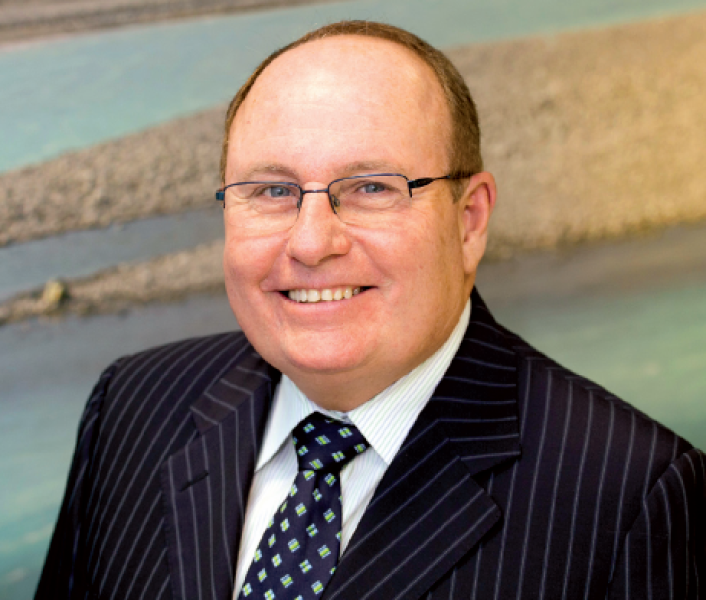One by one, supermarket and wholesale chains across western markets have renounced sales of "unsustainable" fish, as they respond to a sea change in consumer demand.
Those consumers are in turn responding to campaigns by environmental groups against fishing practices they say destroy fish stocks, kill thousands of unwanted, collateral creatures, and wreck marine ecosystems and habitats.
Retailers have read the mood. In the United Kingdom, leading chains Tescos, Asda, M&S, Sainsbury and Waitrose have all adopted "sustainable and traceable" procurement policies. Since 2008, Greenpeace's Carting Away the Oceans campaign has targeted 20 major US fish retailers. In that time, eight of them have suspended sales of Patagonian toothfish, and 13 have taken orange roughy off their counters. Of seven outlets that sold hoki in 2008, just two continue to do so.
Some 148 wild fisheries – six or seven per cent of world supply – are certified as sustainable by the independent Marine Stewardship Council (MSC), including New Zealand hoki, southern blue whiting and troll albacore fisheries. Meanwhile, environment groups have issued their own evaluations of those and other fisheries, rating them on a 'traffic light' red (no-go)/amber/green (buy with a clear conscience) system.
As a consequence, shoppers in some overseas supermarkets now have to interpret a plethora of certification labels and guides, multiple seafood rating systems and/or the chain's own hybrid assessment.
You can't blame them for being confused: the MSC has certified hoki since 2001, but Forest and Bird and Greenpeace continue to red-list the fish, citing the bycatch of New Zealand fur seals and seabirds, and seafloor impacts from the bottom-trawled Chatham Rise fishery. The Seafood Industry Council's Great Fish Guide, however, assures consumers that the "industry ... helps to keep the balance of the marine environment."
See the Seafood Industry Council's Great Fish Guide
Then, in April, a German study, published in the journal Marine Policy, maintained that fully one-third of MSC-certified stocks were in fact overfished. The MSC responded with criticism of the study's methods.
The definition of unsustainable, then, currently depends on who is offering it. There has to be a better way. Nobody pretends that the Quota Management System (QMS) has made every last New Zealand fishery a sustainable exercise. We have good information about the important commercial stocks, but many other species still lack critical population and biology data.
Find out more about the Quota Management System
But the QMS did transform what was doomed to become another tragedy of the commons into the basis of a whole new way to perpetuate fisheries. It was the first individual transferable quota scheme to be introduced anywhere in the world, and is still the most comprehensive.
It has nevertheless failed to satisfy some overseas consumers' perceptions and expectations of sustainability. The US chain Wegmans announced this year that it will no longer buy any seafood from the Ross Sea in the Antarctic. Ironically, the Antarctic toothfish fishery is probably one of the best-managed: subject to stringent rules on bycatch, environmental best practice, reporting requirements, tracking and monitoring. Every legally caught fish is documented under a Commission for the Conservation of Antarctic Marine Living Resources (CCAMLR) certification scheme.
Find out more about the Commission for the Conservation of Antarctic Marine Living Resources
We know more about the important fisheries than shoppers have been told. NIWA collaborates with the industry, the Ministry for Primary Industries and other research providers to survey abundance, and analyse catch and age information on more than 100 commercial species. We have estimated sustainable harvest levels from complex population modelling of 20 key species. Every year for the last 20 years, NIWA has gone to the Chatham Rise, gathering information not just about hoki, but also about the ecosystem it lives in.
The sustainability debate should be informed, then, by sound science. We need better information on more of our fish stocks, and to apply environmental best practice across every one. Where we can satisfy ourselves that we are fishing sustainably, we should be able to demonstrate that – perhaps with a new certification and branding scheme, as Iceland, Alaska and Canada have done.
We can then take those exports with confidence into the marketplace. The supermarkets have read the writing on the wall – it's time for us to do the same.
John Morgan
Chief Executive, NIWA

